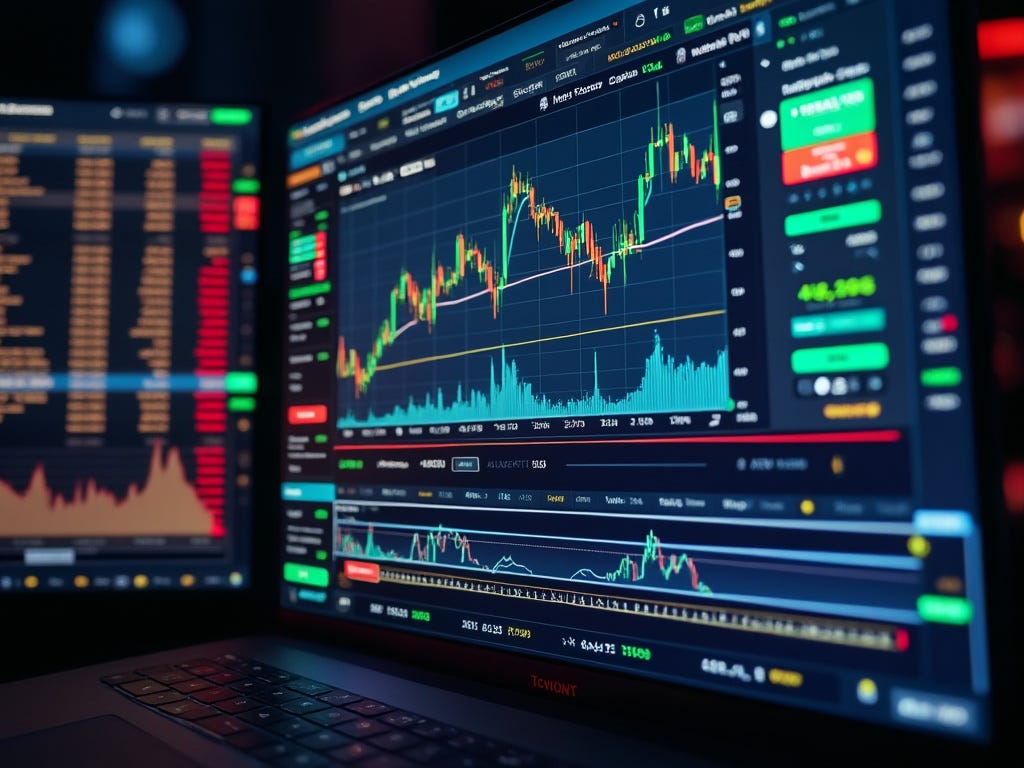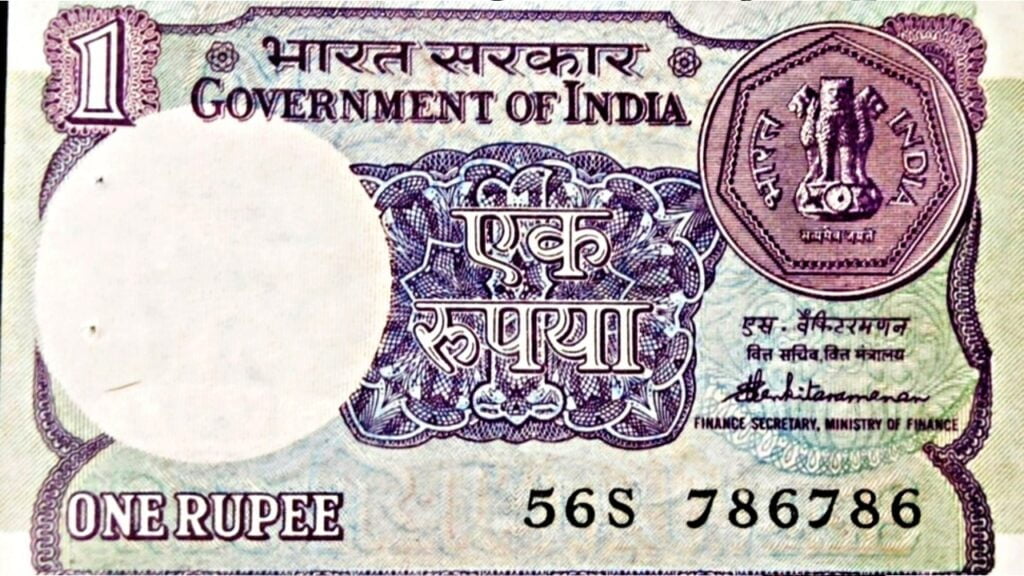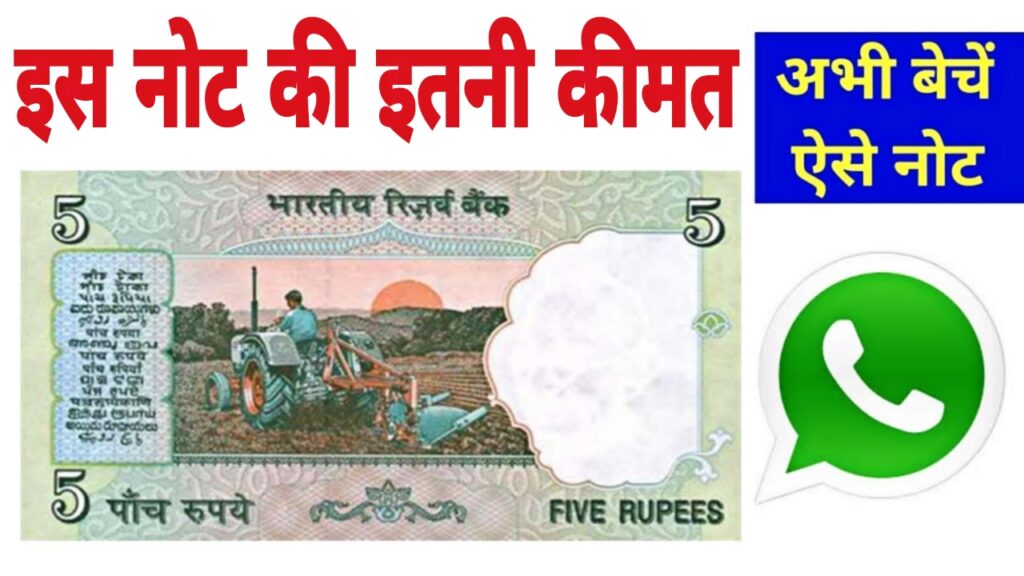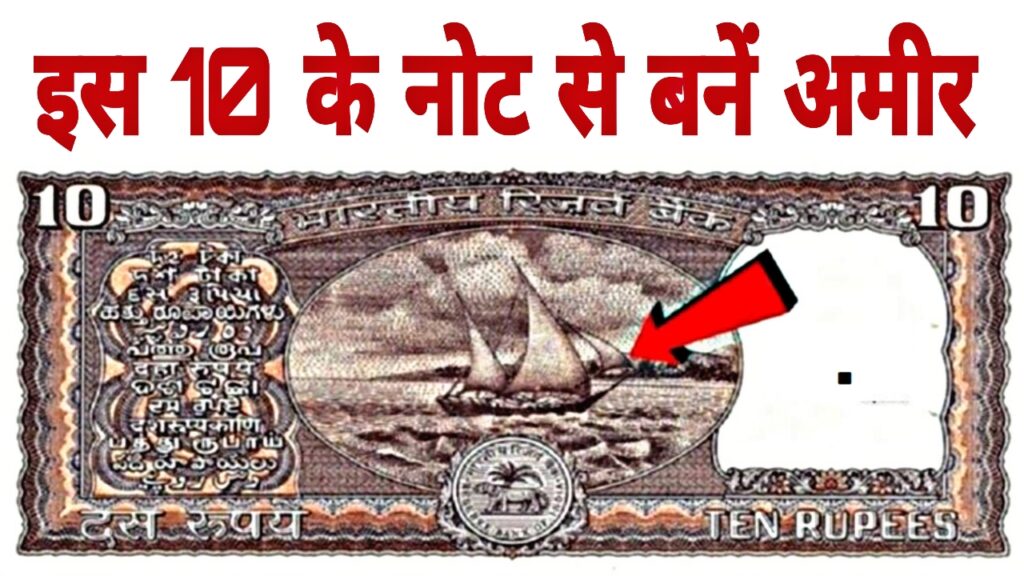Nifty Prediction for Today, July 31.
Nifty Prediction for Tomorrow appears pessimistic as global market sentiment is dampened by new tariff announcements from former U.S. President Donald Trump. On July 31, the Indian stock market is anticipated to open lower after a significant decline in GIFT Nifty, which fell beneath the crucial 24,700 level.
The proposed 25%+ tariff has shaken investor confidence across the globe, particularly in emerging markets. Consequently, Nifty Prediction for Tomorrow indicates increased volatility and a possible challenge to key support levels on the Nifty 50 index.
Traders should keep a close eye on global indicators and U.S. futures, as any further developments could have an impact on domestic markets. Technical analyses also suggest limited upside until there is a swift recovery in global risk sentiment.
GIFT Nifty experienced a sharp decline on Wednesday, losing 0.70% or 174 points to 24,680, following Trump’s announcement of a new 25% tariff along with an undefined penalty on India. The move, associated with India’s ongoing trade relations with Russia, reignited worries regarding global protectionism and negatively affected market sentiment.
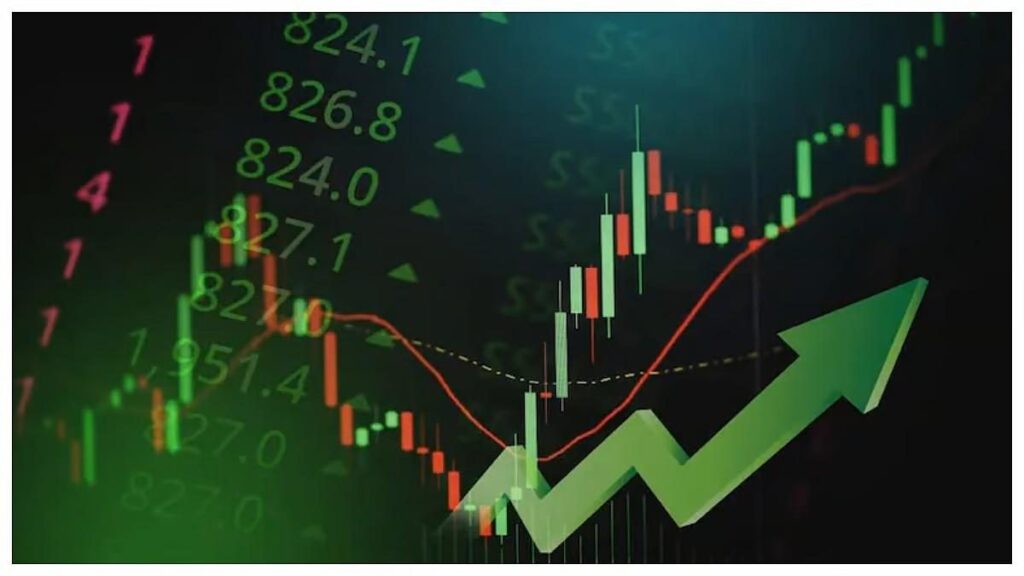
Trump made the announcement through his Truth Social account, declaring that the tariff and penalty would be implemented from August 1. He accused India of enforcing high tariffs and non-monetary trade obstacles, while labeling the country a “friend” of the United States.
“Although India is our friend, we have done relatively little business with them because their tariffs are excessively high, being among the highest globally,” Trump stated. “They also impose the most strenuous and unreasonable non-monetary trade barriers of any nation.”
The former President asserted that the new trade penalties were a reaction to India’s substantial imports of military equipment and energy from Russia. However, he did not specify the extent of the penalty beyond the 25% tariff.
Equities Expected to Open Lower
Indian benchmark indices are likely to start lower on Thursday, July 31, in response to the tariff announcement. Sectors focused on exports, such as IT, textiles, and engineering, may experience increased pressure, analysts indicated.
On Tuesday, July 30, the equity markets closed with little change despite initial gains. The BSE Sensex increased by 144 points, or 0.18%, to finish at 81,482, while the NSE Nifty50 rose by 34 points, or 0.14%, finishing at 24,855. However, worries surrounding the sluggish India-US trade deal and the recent tariff challenges are expected to weigh on investor sentiment moving forward.
Compounding the pressure, the Indian rupee fell to a four-month low due to concerns about a potential decline in exports following the U.S. action.
Economic Impact Could Be Limited, Analysts Suggest
Bhavik Joshi, Business Head at INVasset PMS, stated that Trump’s tariff decision has reignited worries about global protectionism at a time when markets were beginning to recover from the slowdown.

“A tariff of this scale presents risks, but its overall impact on the macroeconomy is likely to be limited,” Joshi remarked.
Initial assessments indicate that India could face a GDP loss of $3–8 billion as a result of the tariffs. However, this could be counterbalanced by $10–15 billion in potential benefits from trade realignment and supply chain diversification.
“Markets might reassess risk temporarily, but structurally, India is in a better position than many others to adapt and change direction,” Joshi said. “The emphasis now shifts to execution on supply chain reconfiguration, accelerating INR trade, and forming bilateral trade agreements. Amidst the noise, India’s fundamentals remain the most significant indicator.” Nifty’s forecast for tomorrow July 31 suggests a sluggish start for Indian markets following a steep decline in the GIFT Nifty, which fell below the 24,700 mark due to Donald Trump’s announcement of proposed tariffs exceeding 25% on significant imports. This surprising decision has created turmoil in global markets, leading to heightened volatility and uncertainty. For Indian investors, this may indicate a gap-down opening and renewed selling pressure in sectors that are sensitive to developments in global trade

